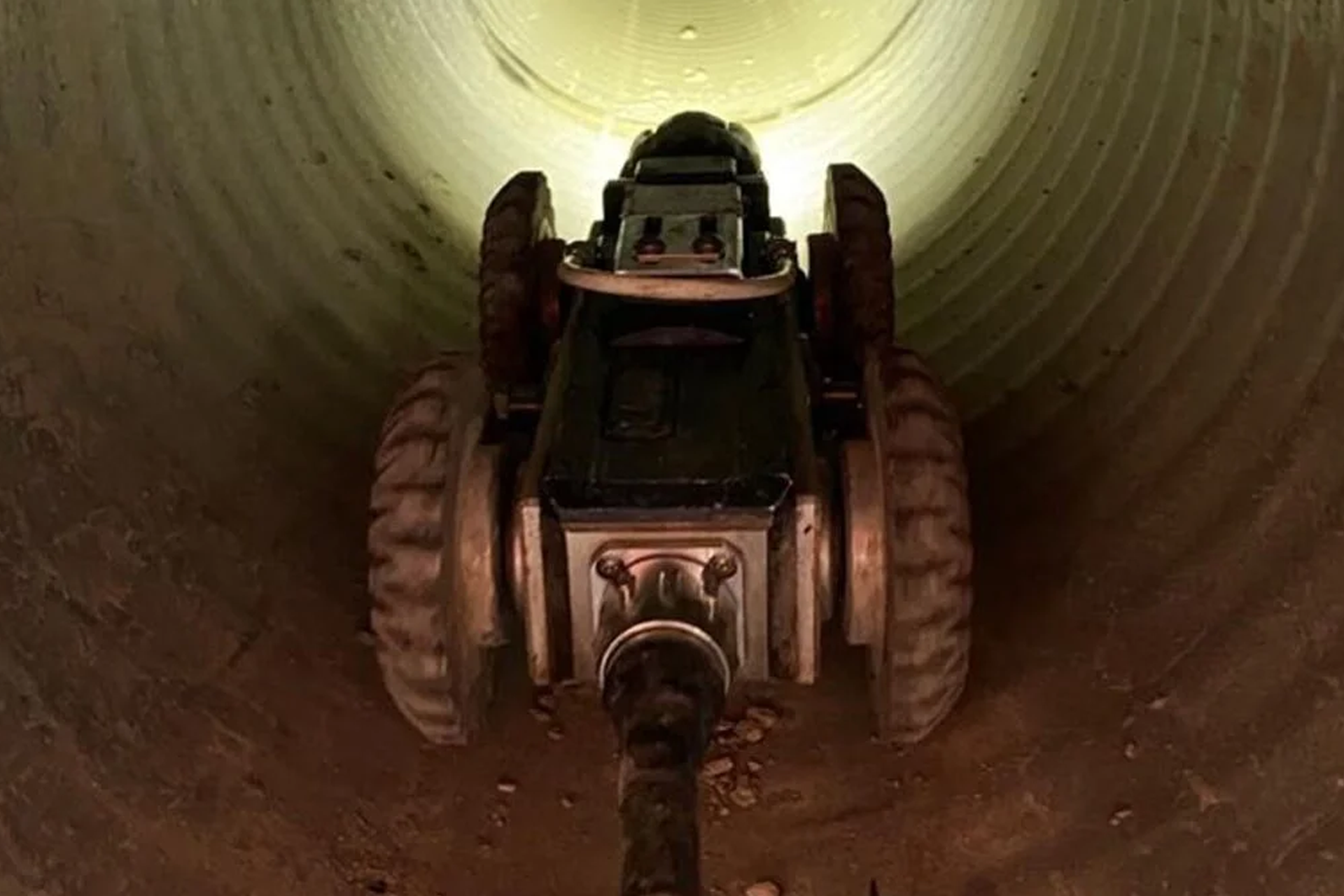The Ultimate Guide To Reclaim Waste
The Ultimate Guide To Reclaim Waste
Blog Article
What Does Reclaim Waste Mean?
Table of ContentsWhat Does Reclaim Waste Mean?Facts About Reclaim Waste RevealedFacts About Reclaim Waste Revealed6 Easy Facts About Reclaim Waste ExplainedThe 5-Minute Rule for Reclaim Waste
Residential sewer waste refers to the waste and products from a household septic storage tank. The proper management and disposal of domestic sewer waste call for liquid waste to be moved to a sewage therapy plant where the proper techniques and tools are applied to detoxify and dispose of waste.
Business waste often includes possible risks, such as flammable materials or a combination of fluid and solid waste products, and calls for an advanced and in-depth disposal procedure. The disposal of commercial waste commonly entails the purification of waste before transportation to ensure risk-free and appropriate disposal. Hazardous waste is produced from byproducts and overflow of commercial processes and manufacturing.
This sort of waste can not use the very same sewage administration transport or processes as septic or industrial fluids. The commercial waste management procedure needs the inspection and testing of liquid waste prior to it undertakes the disposal process (liquid waste removal). Drainage waste is the liquid waste that originates from drainage and excess stormwater in very booming areas or cities
Overflow waste can create contamination and flooding if not managed appropriately. Making certain proper waste administration can avoid calamities and lower environmental harm.
8 Simple Techniques For Reclaim Waste
Call PROS Services today to learn more about our waste management and disposal solutions and the proper ways to look after the liquid waste you create.
(https://myanimelist.net/profile/reclaimwaste1)Do you know what takes place to your water when you draw the plug, flush the commode or drain the washing machine? No? Well, it's worth recognizing. This so-called 'wastewater' is not only an essential resource but, after therapy, will be released to our land, waterways or the ocean. Used water from toilets, showers, bathrooms, kitchen area sinks, laundries and commercial procedures is known as wastewater.

water made use of to cool equipment or tidy plant and tools). Stormwater, a kind of wastewater, is runoff that flows from agricultural and urban locations such as roofs, parks, gardens, roads, courses and seamless gutters right into stormwater drains, after rain. Stormwater streams untreated directly to neighborhood creeks or rivers, eventually getting to the ocean.
See This Report on Reclaim Waste
In Queensland, many wastewater is dealt with at sewer treatment plants. Wastewater is transferred from domestic or industrial websites with a system of sewers and pump stations, known as sewerage reticulation, to a sewer treatment plant. City governments build, keep and run most sewer therapy plants. Operators are accredited under the Environmental Protection Act 1994 to release treated wastewater at an appropriate ecological criterion right into waterways.
The Department of Natural Resources advises city governments regarding managing, operating and keeping sewerage systems and treatment plants. In unsewered areas, regional governments might call for owners to mount individual or household sewer treatment systems to treat domestic wastewater from commodes, cooking areas, washrooms and washings. The Department of Natural Resources authorizes making use of house systems when they are shown to be efficient.
In some brand-new subdivisions, treatment of some stormwater to get rid of clutter, sand and gravel has started utilizing gross contaminant traps. Wastewater treatment takes place in 4 phases: Gets rid of strong matter.
Wastewater after that streams into big storage tanks where solids resolve and are gotten rid of as sludge. Oil and scum are skimmed from the surface area. Utilizes small living microorganisms referred to as micro-organisms to damage down and get rid of remaining liquified wastes and fine fragments. Micro-organisms and wastes are incorporated in the sludge. Removes nitrogen and phosphorus nutrients that might create algal blossoms in our rivers and threaten marine life.
The Main Principles Of Reclaim Waste
Nutrient removal is not readily available in any way sewage treatment plants due to the fact that it requires costly specialist equipment. It is ending up being much more common in Queensland. Clear fluid effluent produced after treatment might still consist of disease-causing micro-organisms. If this effluent is launched into waterways such as rivers or the sea, the micro-organisms will eventually die out.

Many wastewater flows into the sewage visit this site right here system. Under the Act, neighborhood governments administer approvals and licences for ecologically relevant tasks (Periods) involving wastewater releases that may have a regional influence.
All about Reclaim Waste
Tracking offers accurate info regarding water quality and can verify that permit problems are being met. The details gotten via tracking supplies the basis for making water top quality choices.
Report this page